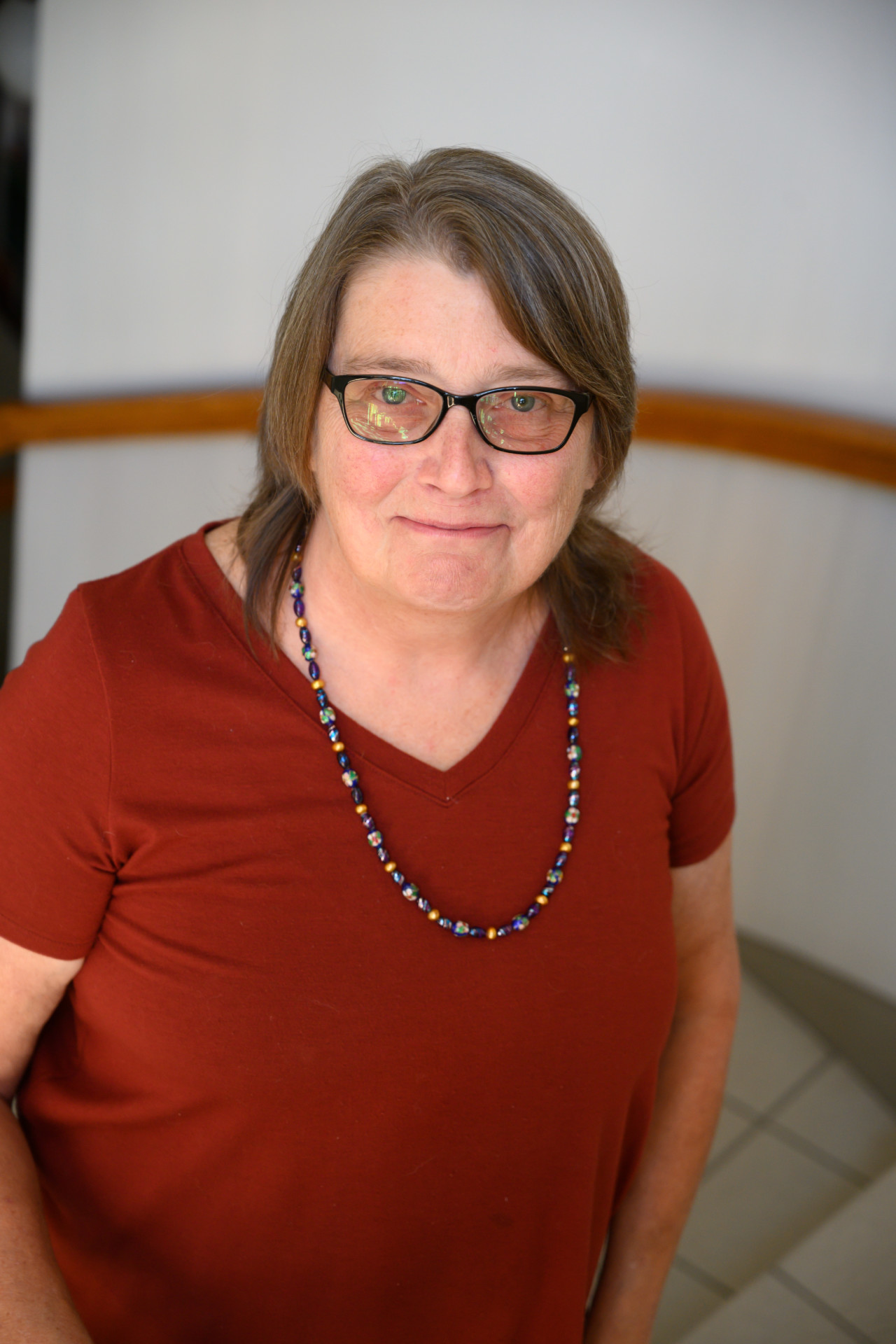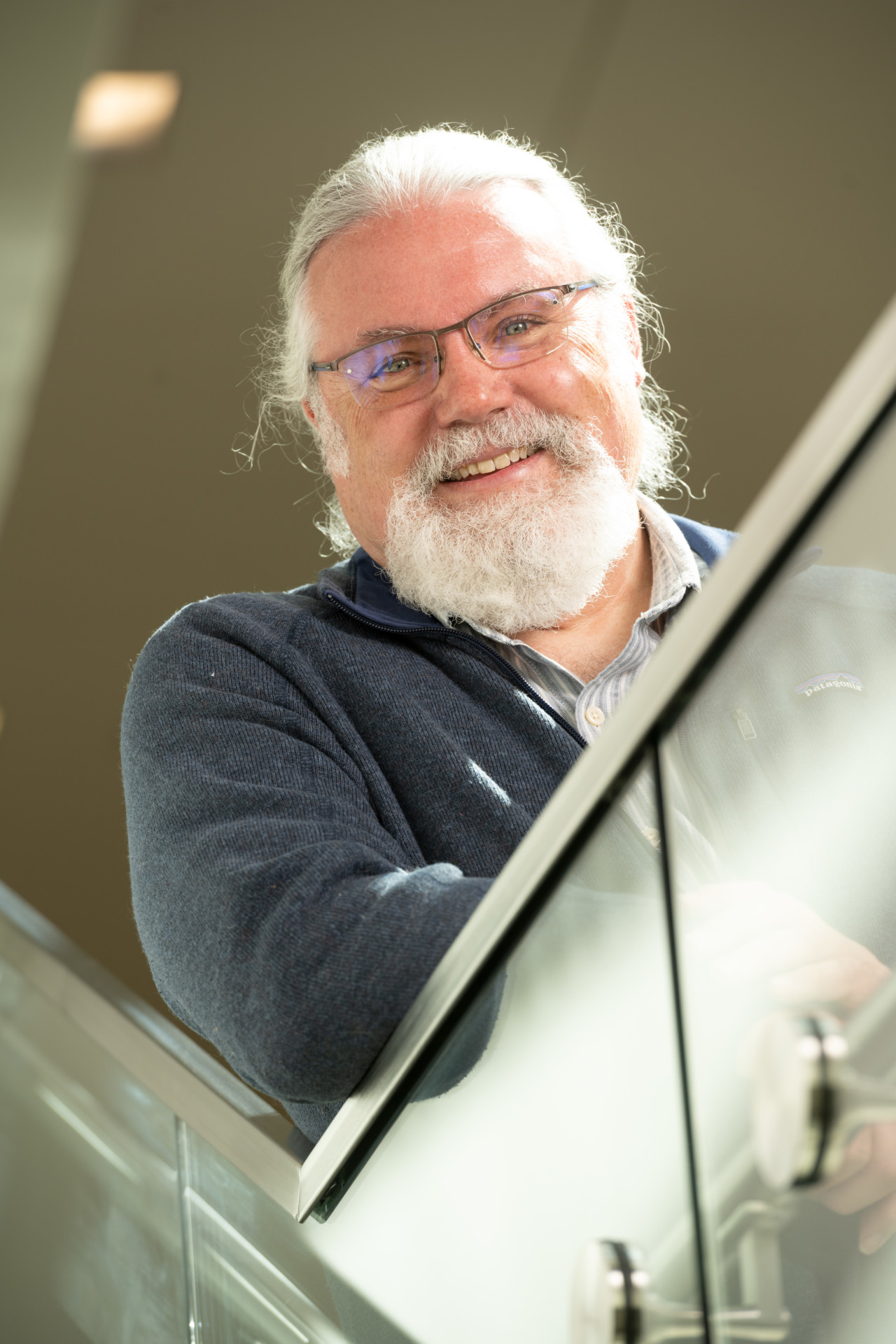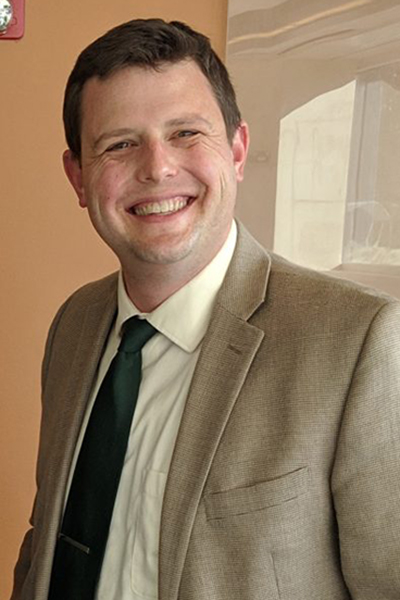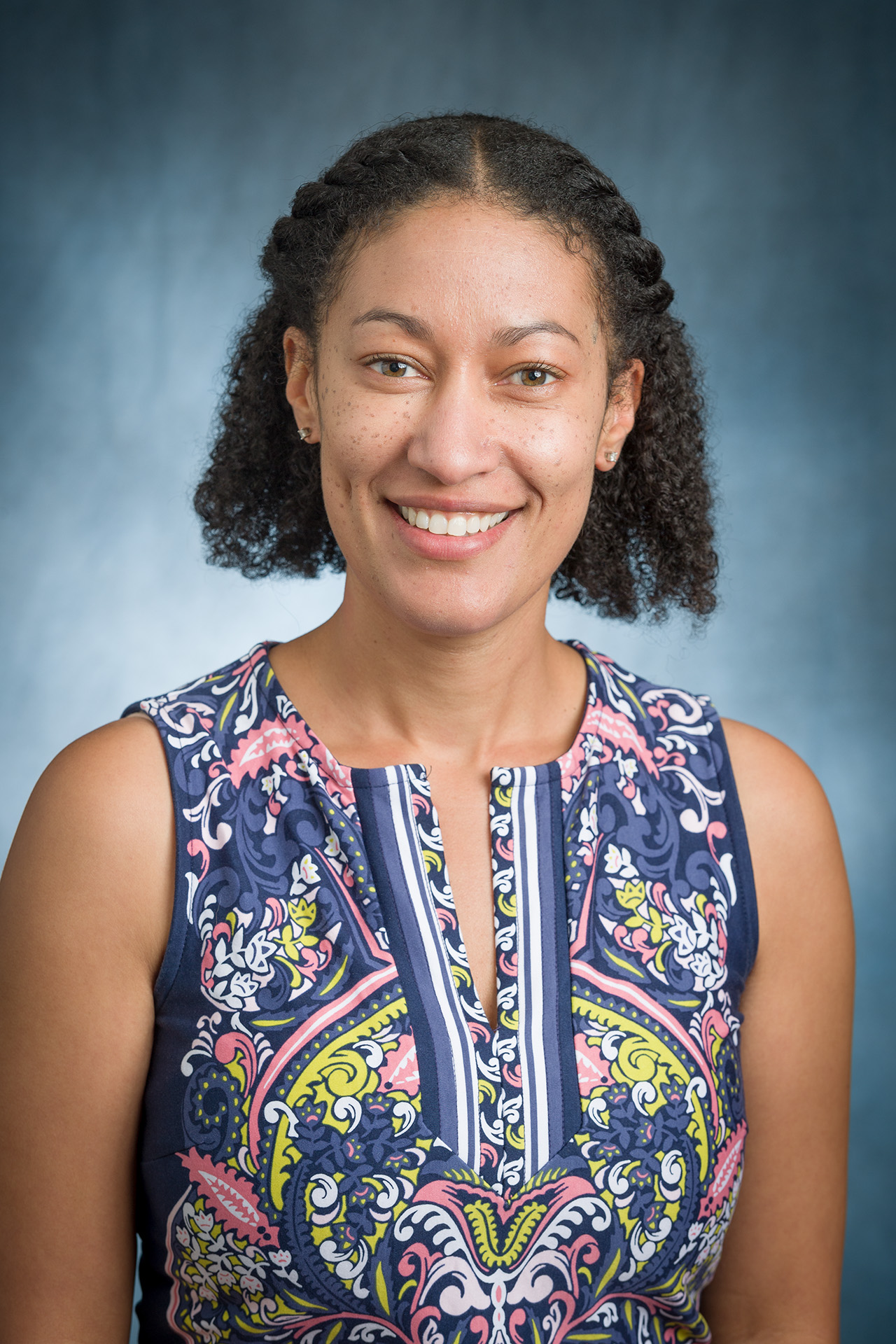
Linda Schutjer

Steve Lovaas

Tim Amidon

Matt Hitt

Khaleedah Thomas
On April 5, the U.S. Supreme Court handed down its decision in the Google v. Oracle case, setting a precedent for copyright and fair use in information technology that could have far-reaching impact. The court ruled in favor of Google, which copied part of Oracle’s computer code to support its Android platform, asserting that Google’s actions were within the limits of fair use.
This decision has the potential to impact Colorado State University’s own research capacities by extending the legality of fair use into the rapidly evolving information technology field.
We asked five experts from across campus to explain the decision, its significance, and how it could potentially impact information technology and the University’s research enterprise.
Code as language
What was the Court’s reasoning in reaching its decision?
“The Court seemed to have viewed Java code as a language, holding the code used made it easier for programmers to work with the Android platform tethered to a valid transformative purpose,” explained Linda Schutjer, senior legal counsel for CSU. “Using Java’s existing language for the Android platform was easier, demonstrating that utilizing an intuitive programming system is not creative but makes it a better functioning tool.”
Takeaways for IT
Steve Lovaas, information security officer for the CSU System, noted the importance of the ruling for application programming interfaces, or APIs, that allow two applications to interact.
“IT today relies heavily on APIs to get vendors’ products to work together, achieving interoperability without custom code, and avoiding being locked into a single vendor’s ecosystem,” Lovaas said. “Vendor lock-in can lead to higher costs, vulnerable custom integrations and the security risks inherent in a monoculture. It’s heartening that the notion of an API seems safe for now.”
The impact on information technology could also extend to the relationship between corporations like Google and smaller creator communities, according to Tim Amidon, associate professor of English and specialist in digital rhetoric and intellectual property.
“It’s interesting to think about how corporate ownership functions may not align with (creator) communities as corporate entities become owners of content created by thousands of coders, like Java,” Amidon said.
“Google’s significant resources facilitate a ‘pay-to-play’ atmosphere, leaving smaller tech companies with less ownership and creative space. Both Google and Oracle’s concentrations of wealth, data and influence could have chilling effects as they can push legal limitations in a way that smaller actors just can’t.”
Matthew Hitt, associate professor of political science, also noted the strategic power of these companies.
“Whether and how to regulate big tech is becoming a question of real political salience these days. It’s hard to imagine our modern world without the innovations these companies provide, but there are serious concerns from liberals and conservatives alike about these technology companies,” he said. “These concerns cross traditional party lines, which may provide an opening for legislation in the future.”
Takeaways for researchers
For CSU researchers, the Google v. Oracle decision demonstrates the legitimacy of fair use in technology, which could allow them to integrate copyrighted materials into the research process for more efficient data collection and analysis, speeding up the process of innovation.
“In higher education, relying on fair use is crucial because it enables students and faculty to engage in scholarship by using and building upon past works to make intellectual progress,” said Khaleedah Thomas, assistant professor and copyright librarian at the CSU Libraries.
“Google v. Oracle adds to a growing body of case law recognizing the fundamental right of fair use. A big win for innovation, this ruling sets a new precedent in extending the application of the fair use provision to the realm of software, opening the door for future creativity,” she added.
However, Schutjer emphasized this decision may not have significant impacts on creative works produced by CSU.
“Where work is more creative than functional, the protection from copying would be expected to be higher,” she said. “It’s hard to imagine this analysis applied to a more traditional copyrighted work, as the majority seems to signal it is unique to computer code, which I think is a fair conclusion. As such, I would expect a limited impact on traditional copyrighted works created by CSU individuals.”